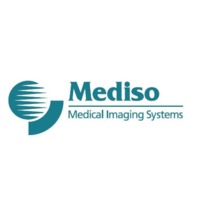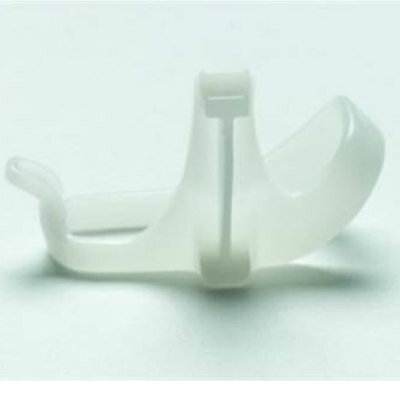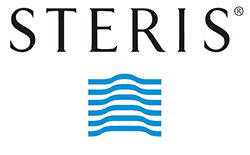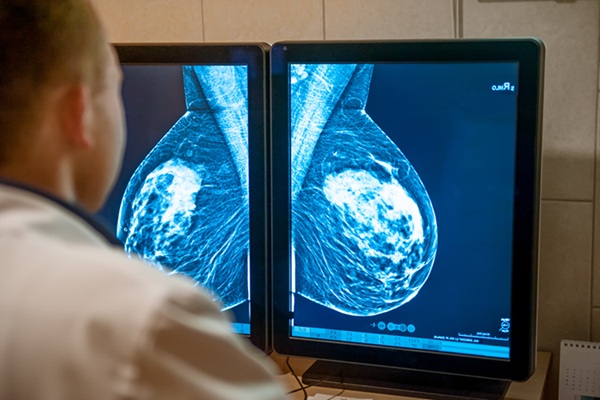Widespread Use of Mammograms Leads to Detection of Lower Risk Breast Tumors
By MedImaging International staff writers
Posted on 30 Jan 2012
As a woman ages, her risks of being diagnosed with a lower-risk breast tumor increase, according to new research, which revealed that for women over 50, a significant number of tumors detected by mammograms have good prognoses.Posted on 30 Jan 2012
The study provides the first molecular evidence of an increase in low- or ultra-low-risk cancers in the tumors when detected by screening mammography. Moreover, it provides a foundation for incorporating molecular profiling at the time of diagnosis to help avoid overtreatment.
In their research, the scientists from the University of California, San Francisco (UCSF; USA), working in collaboration with colleagues at the Netherlands Cancer Institute, analyzed the biology of tumors detected more than 20 years ago--before the advent of routine mammography--alongside tumors detected five years ago, after widespread screening for breast cancer was implemented. They found that mammography appears to reveal slow- to moderate-growth tumors in the population today.
The article was published December 2011 in the journal Breast Cancer Research and Treatment. “A significant number of screen-detected tumors are very low risk,” said lead author Laura Esserman, MD, MBA, director of the Carol Franc Buck Breast Care Center at the UCSF Helen Diller Family Comprehensive Cancer Center. “It shows that we have an opportunity to improve care by using molecular predictors to recognize who has these ultra-low-risk or idle tumors, and safely minimize treatment. This information should also help inform radiologists and surgeons about how aggressive we should be in recommending biopsy for low-risk abnormalities seen on mammograms. If most of the cancer we find is low risk, then we may very well be able to test a less aggressive approach for the very low-suspicion findings on mammograms that turn out to be benign. Simple follow up may be the better approach.”
Breast cancer rates have been on a steady rise over the past 20 years, especially among women over 50. The increase has been attributed in large degree to the widespread use of mammogram screening, in addition to changes in population risk factors such as earlier menstruation, later pregnancies, higher alcohol consumption, and until recently, the use of hormone replacement therapy. This rate upsurge has occurred in many countries that have instituted population-based screening, but whether it reflects an actual increase in low-risk tumors or the detection of harmless tumors--or both--has been unclear, according to the investigators.
Early detection can make a significant difference in outcomes for some cancers. However, the authors noted, vital questions remain about the role of mammography in the increased detection of low-risk tumors. If much of the rate increase is caused by tumors with little potential for malignancy, and if those cancers can be reliably identified, they wrote, “then patients and providers could make informed decisions to avoid treatment that may do more harm than good.”
The researchers utilized MammaPrint, a US Food and Drug Administration (FDA)-approved diagnostic test used by physicians to assess the risk that a tumor in the breast will metastasize elsewhere. Clarifying the importance of “bench to bedside” healthcare in which basic laboratory research leads to practical clinical use, MammaPrint was developed by Laura J. van 't Veer, PhD, the senior author of the study and leader of the breast oncology program at UCSF’s cancer center. The technology is marketed by Agendia (Irvine, CA, USA).
In their study, the researchers focused on three basic questions: Has there been a swing toward the detection of molecularly “good prognosis” tumors? Moreover, is there an increase in the detection of ultra-low-risk tumors, which have an excellent prognosis without treatment, and are these tumors more common in women who have cancers detected by mammogram screening?
The scientists analyzed the molecular signature of node-negative tumors from 866 patients in Europe. Approximately half of the patients were diagnosed between 1980 and 1991, before breast cancer screening was routine. The other half of the patients had tumors diagnosed between 2004 and 2006, when mammograms were routine for 80% of the target population. The percentage of poor prognosis tumors varies significantly by age, the investigators discovered, with the probability of having a good prognosis growing higher as a woman ages.
The researchers also established that for women under 40, who are not routinely screened, the prospect of good or poor prognosis did not differ between the time period before widespread screening and the present time with routine screening. Typically, young women are much more likely to have poor prognosis tumors than older women do. However, for tumors in patients 49 to 60, when comparing the two time periods, there was a substantial increase in good prognosis tumors for those diagnosed more recently.
“The bottom line is that screen detection should be taken into account when patient treatment is planned,” Dr. van 't Veer said. “We can use this information to guide treatment recommendations and as the basis for the development of clinical trials that test the safety of less aggressive treatments for patients with the lowest risk tumors.”
The study “provides information that will allow us to improve screening,” the authors concluded. “Not only can this help us to guide the use of risk stratifying tools to avoid overtreatment, but it should also enable us to reset thresholds for biopsy for very low-risk mammographic lesions.”
The scientists are currently working to confirm the results of two studies, including a European clinical trial for about 2,500 women diagnosed with early stage breast cancer. Moreover, the Athena Breast Health Network, a collaboration among the five University of California medical campuses through which some 150,000 women in California will be screened for breast cancer and monitored for decades, “will give us the opportunity to evaluate California UC patients,'” said Dr. van 't Veer.
Related Links:
University of California, San Francisco
Agendia










 Guided Devices.jpg)



